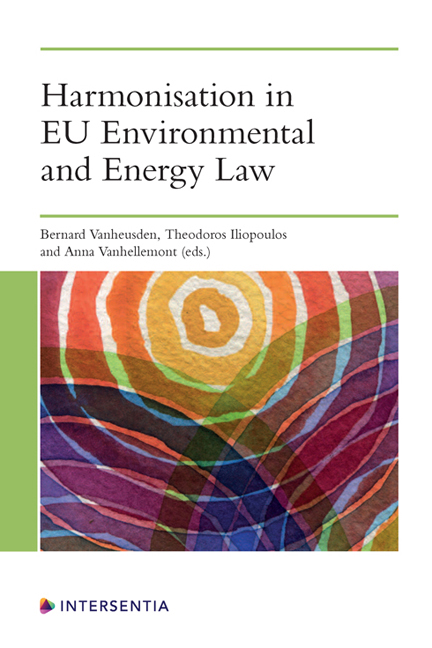Towards More Harmonisation in the Treatment of Wild Animals in the EU?
Published online by Cambridge University Press: 26 May 2022
Summary
INTRODUCTION
‘The Fox and the Crow’, one of the famous fables of Aesop, tells the story of a vain crow and a toady fox. The devious fox steals the crow’s cheese. Yet, under European species protection law, it is the other way around: the fox is robbed of almost any protection and, compared to the treatment of the fox, the crow enjoys a much more favourable legal status.
This chapter will explore to what extent wild animals in the EU are differently treated, by analysing the legal regimes and case law (Section 3). Subsequently, the underlying motivations for the different treatment will be discussed, with a historical as well as a political explanation being presented (Section 4). The impact of different treatment cannot be ignored; therefore, this will be addressed, not only from a legal, but also from a policy-making point of view (Section 5). This chapter concludes with a section devoted to the ‘issue of harmonisation’, proceeding from a two-fold approach (i.e. animal welfare and species protection) (Section 6). Before delving into these topics, this chapter will set out the problem-setting and scope of this article (Section 2).
This research extends previous insights, by devoting attention to the differences between the birds directive and the habitats directive. This paper is also unique in that it links the harmonisation of species protection to the harmonisation of animal welfare. Consequently, the different treatment of wild animals in the EU will be tackled, both from an animal welfare perspective and from a species protection perspective.
PROBLEM-SETTING AND THE SCOPE OF THIS CHAPTER
THE DIFFERENT TREATMENT OF WILD ANIMALS IN THE EU
Two areas interfere with the treatment of wild animals at the European level: species protection and animal welfare.
Species Protection
Species protection, as part of nature conservation, is governed by several EU legal instruments, including the birds directive, 1 the habitats directive, the Regulation on Invasive Alien Species and the CITES Regulation. Certain species protection instruments are inspired by animal welfare considerations, such as the directive concerning the importation into Member States of skins of certain seal pups and products derived from them 5 and the regulation on trade in seal products.
- Type
- Chapter
- Information
- Harmonisation in EU Environmental and Energy Law , pp. 163 - 186Publisher: IntersentiaPrint publication year: 2022

